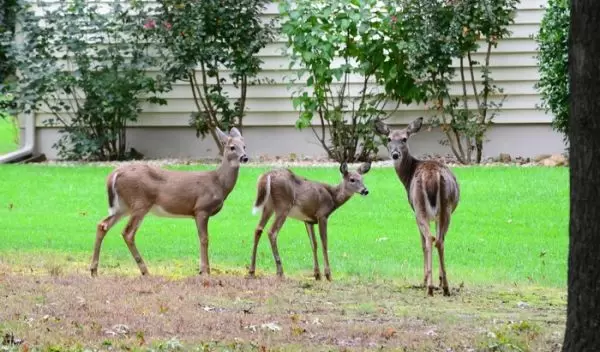
Machine learning identifies mammal species with the potential to spread SARS-CoV-2
Back and forth transmission of SARS-CoV-2, the virus that causes COVID-19, between humans and other mammals increases the risk of new variants and threatens efforts to control the disease.
A U.S. National Science Foundation-funded study, published in Proceedings of the Royal Society B, used a novel modelling approach to predict the capacity of 5,400 mammal species to spread the virus, extending predictive capacity by an order of magnitude. Of the high-risk species flagged, many live near people and in COVID-19 hotspots.
A major bottleneck to predicting high-risk mammal species is limited data on ACE2, the cell receptor that SARS-CoV-2 binds to in animals. ACE2 allows SARS-CoV-2 to enter host cells and is found in all major vertebrate groups. It is likely that all vertebrates have ACE2 receptors, but sequences were only available for 326 species.
To overcome this obstacle, the team developed a machine learning model that combined data on the biological traits of 5,400 mammal species with available data on ACE2. The goal: to identify mammal species with high zoonotic capacity -- the ability to become infected with SARS-CoV-2 and transmit it to other animals and to people. The method the researchers developed could help extend predictive capacity for diseases beyond COVID-19.
When a virus passes from people to animals and back to people it is called secondary spillover. This phenomenon can accelerate the establishment of new variants in humans that are more virulent and less responsive to vaccines. Secondary spillover of SARS-CoV-2 has already been reported among farmed mink in Denmark and the Netherlands, where it has led to at least one new SARS-CoV-2 variant.
Senior author and Cary Institute disease ecologist Barbara Han said that "secondary spillover allows SARS-CoV-2 established in new hosts to transmit potentially more infectious strains to people. Identifying mammal species that are efficient at transmitting SARS-CoV-2 is an important step in guiding surveillance and preventing the virus from continually circulating between people and other animals, making disease control even more costly and difficult."


